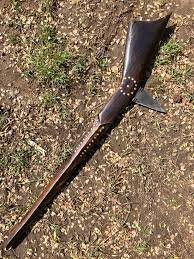I disagree. They are no more exposed than infantry. Have a line of infantry in front and archers behind. Would have decimated an opposing line of infantrymen.
An archer can move just as fast, if not faster, than infantry. A bow and arrows weight less, or the same, as a musket + powder + musket balls + bayonet. The additional training required for bows means they would have most likely been more professional, and probably more disciplined, than the average kid. But this, of course, is an assumption.
As far as supply and training, I mentioned that.


